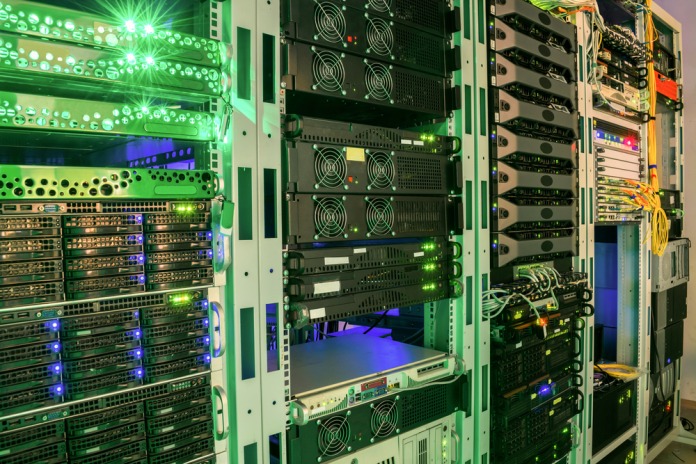Introduction
In the modern digital age, networks are essential for everything from internet browsing to business communication. Networks facilitate the transmission of data across vast distances, connecting people, devices, and systems globally. Whether it’s a small local network or a large-scale internet infrastructure, understanding the fundamentals of networks is key to understanding how the internet and other technologies operate.
What is a Network?
At its core, a network is a collection of interconnected devices that communicate with each other. Networks can vary in size, from small, localized networks like a home Wi-Fi setup to large-scale systems like the global internet.
Types of Networks
There are several types of networks, each suited for different purposes:
- LAN (Local Area Network): This network type connects devices within a small geographical area, like a home or office.
- WAN (Wide Area Network): A WAN spans a large geographical area, often connecting multiple LANs over a vast distance, such as between cities or countries.
- MAN (Metropolitan Area Network): A MAN typically covers a city or a large campus, providing faster internet and communication across the area.
- PAN (Personal Area Network): This type of network is used for small-scale connections, like Bluetooth devices or wireless peripherals, usually within the range of an individual.
Components of a Network
A network consists of several key components that work together to ensure seamless communication. These include:
- Routers: Devices that direct data traffic between different networks.
- Switches: Devices that manage data transmission within a single network.
- Cables and Wireless Media: The physical and wireless connections that transmit data.
- Firewalls and Security Systems: These components ensure that the data transmitted within the network is secure and protected.
Network Protocols
Protocols define the rules and conventions for communication between devices on a network. Popular network protocols include:
- TCP/IP (Transmission Control Protocol/Internet Protocol): The foundational protocol of the internet, responsible for breaking down data into packets and ensuring its delivery to the correct destination.
- HTTP (Hypertext Transfer Protocol): The protocol used to request and transfer web pages over the internet.
- FTP (File Transfer Protocol): Used for transferring files between devices on a network.
Network Security
With the growing importance of networks comes the need for robust security measures. Cyberattacks such as hacking, phishing, and DDoS (Distributed Denial of Service) attacks have made network security a critical focus for businesses and individuals. Implementing firewalls, encryption, and access controls are some of the basic ways to protect a network from malicious activities.
Conclusion
In conclusion, networks form the backbone of modern communication. They facilitate the transfer of information across the world, enabling everything from email and social media to online shopping and cloud computing. As technology advances, networks will continue to evolve, offering faster speeds and more secure connections for users.



